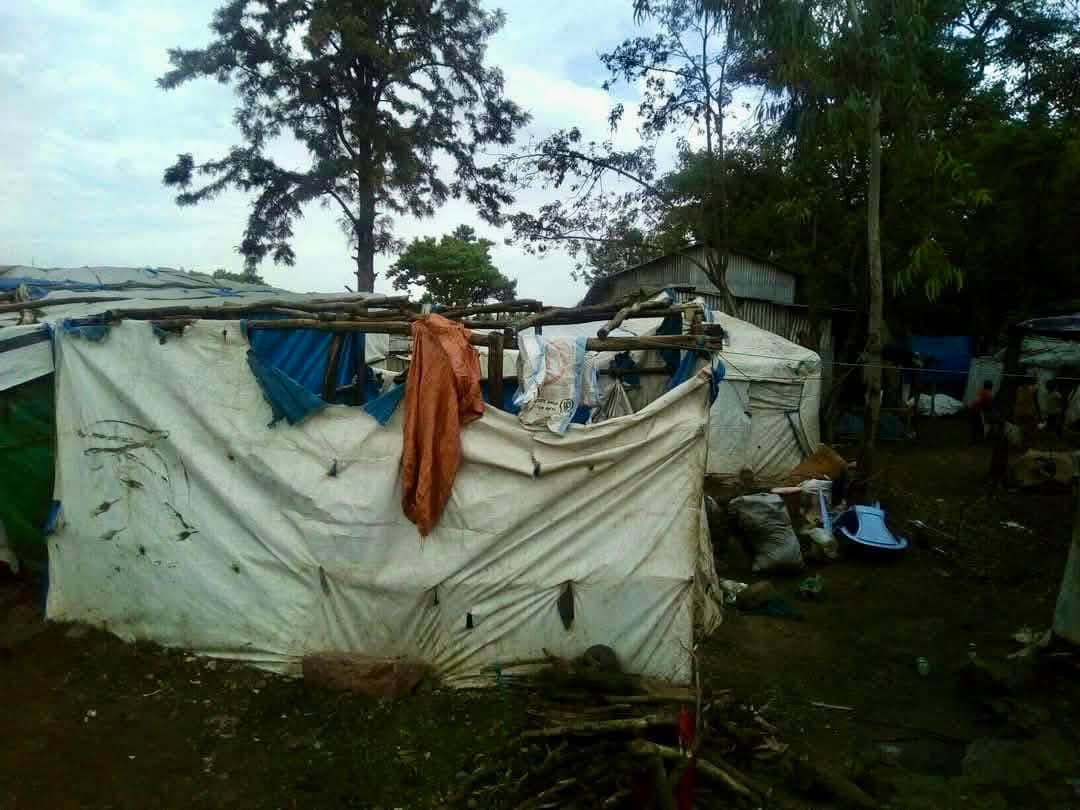Mekelle፡Telaviv, Nairobi, Pretoria, London, (Tigray Herald).
How the Grand Ethiopian Renaissance Dam Could Change Africa Forever
By Tesema Nadew
How the Grand Ethiopian Renaissance Dam Could Change Africa Forever
Ethiopia’s GERD promises energy for millions and a path to development. But for Egypt, it still stirs existential fear.
At the headwaters of the Blue Nile in Ethiopia’s highlands, the Grand Ethiopian Renaissance Dam (GERD) stands as Africa’s largest and most ambitious hydropower project. For Ethiopia, it symbolizes economic renewal, electrification, and national pride. For Egypt, it raises alarms over water scarcity and national security. Between these two narratives lies the complex story of a megadam poised to reshape the geopolitics of the Nile basin and the trajectory of African development.

Ethiopia’s Nile Leverage: Sovereignty, Not Sabotage
Ethiopia’s awareness of its strategic importance as the source of over 85% of the Nile’s waters stretches back centuries. As early as the 14th century, Emperor Amde-Tsion alluded to Ethiopia’s influence over the river not as an act of aggression, but as a diplomatic signal during tensions with Egypt, such as delays in appointing the Abuna (bishop) or persecution of Coptic Christians (Kendie, 1999). These remarks were symbolic but enduring, reinforcing Ethiopia’s historic role in Nile affairs.
This sense of sovereignty evolved over time into a more assertive developmental stance. Colonial-era treaties such as the 1902 Anglo-Ethiopian Agreement placed restrictions on upstream development, but Ethiopia refused to recognize these as legitimate, having been excluded from the 1929 and 1959 Nile Waters Agreements. GERD, launched in 2011 without foreign permission, reflects a break from these imposed frameworks and a long-awaited assertion of national rights over natural resources.

The Power of Progress
Once fully operational, GERD is expected to generate 15,759 gigawatt-hours of electricity annually. This will more than double Ethiopia’s current energy output and allow it to export power to neighboring states. Domestically, it could increase access to electricity from 44% to 90%, transforming the lives of millions in rural and underserved communities.
But the promise of GERD goes beyond kilowatt-hours. It represents a foundation for industrial growth, job creation, modern agriculture, and digital connectivity essential ingredients for Ethiopia’s transition from aid-dependence to self-reliance.
A Modern Marvel, Not a Myth
GERD is engineered to international standards a robust structure of reinforced concrete designed to withstand immense hydraulic forces and extreme environmental shifts. Claims that it could be undermined by supernatural forces or exotic substances are unscientific distractions, devoid of technical credibility. Such rhetoric does more harm than good, spreading fear where facts are needed.
Climate Change and the Nile Basin
What is often missing from the debate is the looming impact of climate change on the Nile basin itself. The region is expected to face more erratic rainfall, prolonged droughts, and higher evaporation rates. This poses a threat to water security for all riparian states upstream and downstream alike.
In this context, GERD could become part of a broader climate resilience strategy. By regulating flow and reducing seasonal flooding, the dam can help stabilize water availability during dry years a benefit not only to Ethiopia but to Sudan and Egypt as well.
But that will require trust, data-sharing, and basin-wide coordination not threats or unilateralism. The hydropolitics of the 21st century must adapt to ecological realities, not remain frozen in 20th-century agreements forged under colonial conditions.
The African Union’s Role: Pan-African Mediation
The dispute over GERD has exposed the limits of externally dominated mediation. Ethiopia has repeatedly turned to the African Union (AU) as a more neutral, Afro-centric forum for negotiations reflecting its belief that African problems should be resolved by African institutions.

To its credit, the AU has taken on this role, facilitating multiple rounds of talks. Yet it has faced criticism for being too slow or too cautious. Strengthening the AU’s authority and technical capacity will be key not only for GERD but for managing future transboundary resources across Africa. The continent is home to over 60 shared river basins. GERD is just the beginning.
A Test for Africa and the World
GERD challenges outdated assumptions about Africa’s place in global development. It is self-financed, locally built, and strategically vital a rare example of an African-led megaproject unshackled from donor dependency. If successful, it could inspire a new generation of infrastructure projects driven by African priorities.
But the stakes are high. If tensions escalate into confrontation, the dam could become a flashpoint for regional instability. The road forward demands dialogue, not ultimatums; cooperation, not coercion.
Ultimately, GERD is more than a dam. It is a symbol of Africa’s right to develop, its need to adapt to a changing climate, and its capacity to lead if only the space is given.




